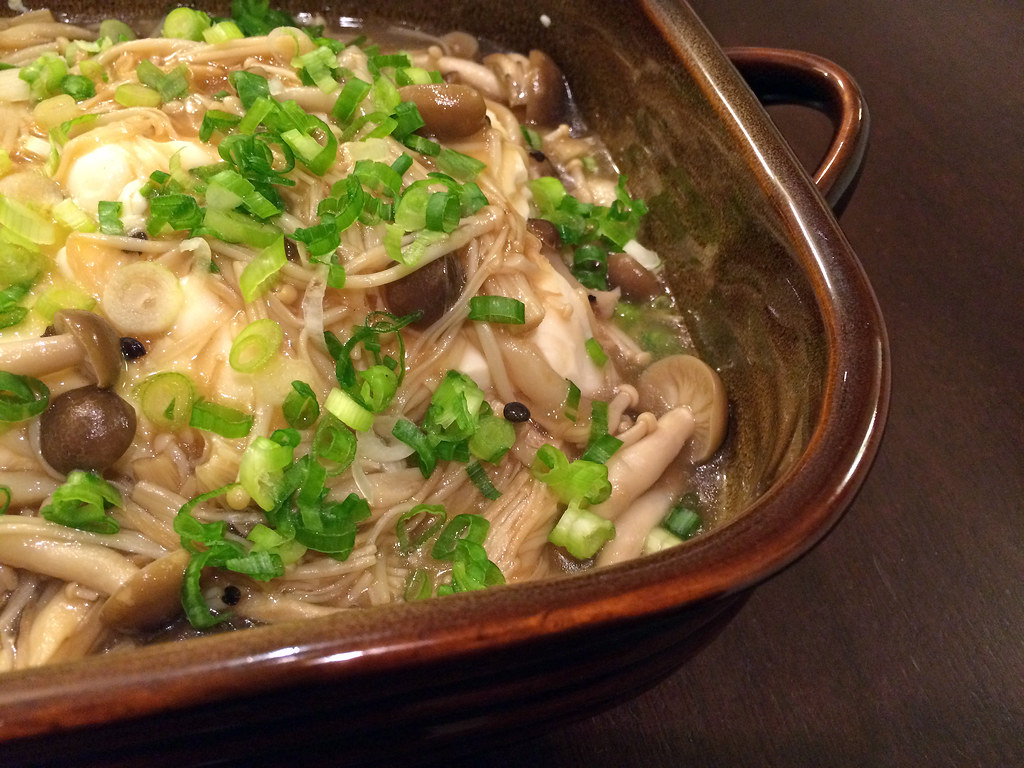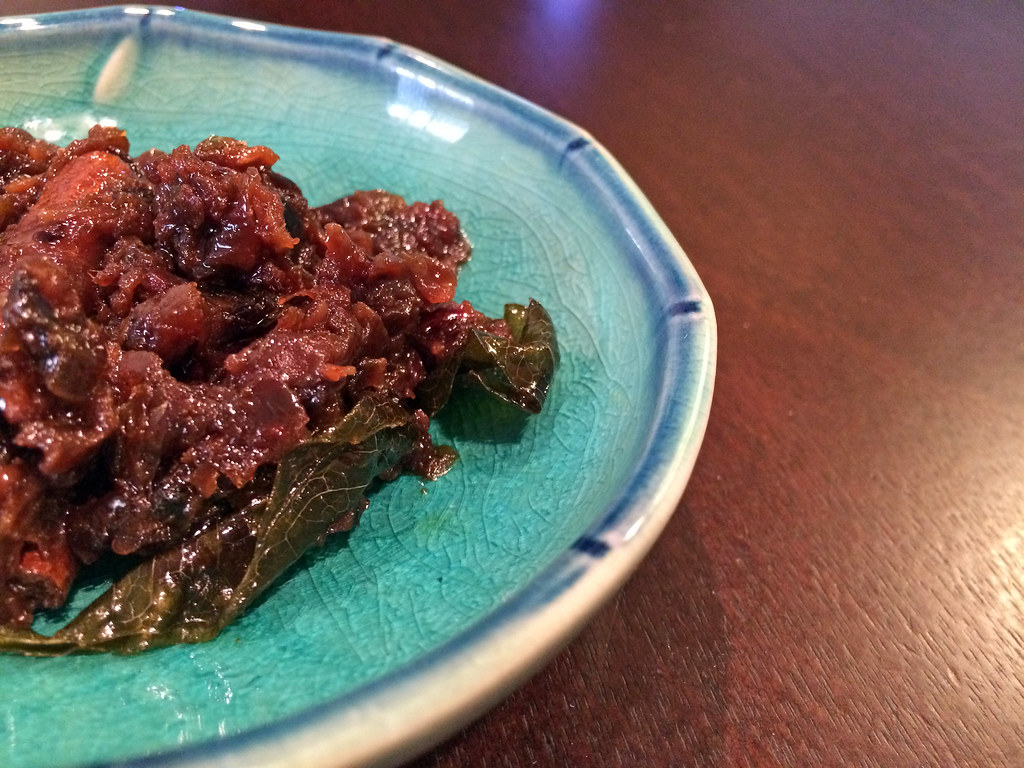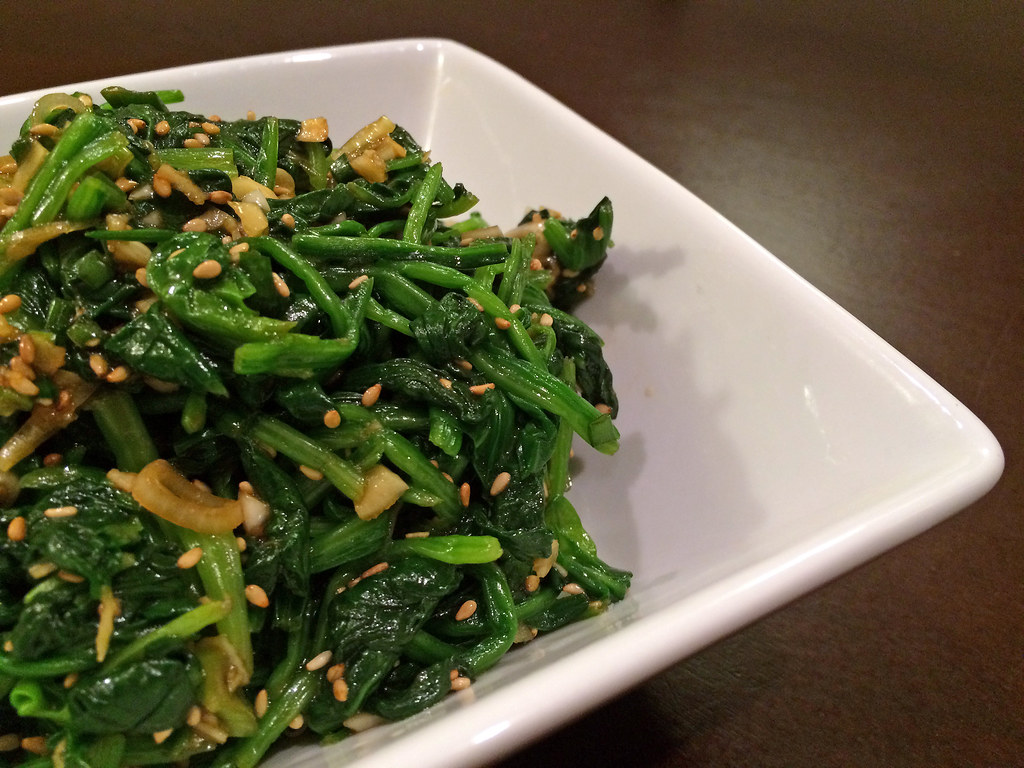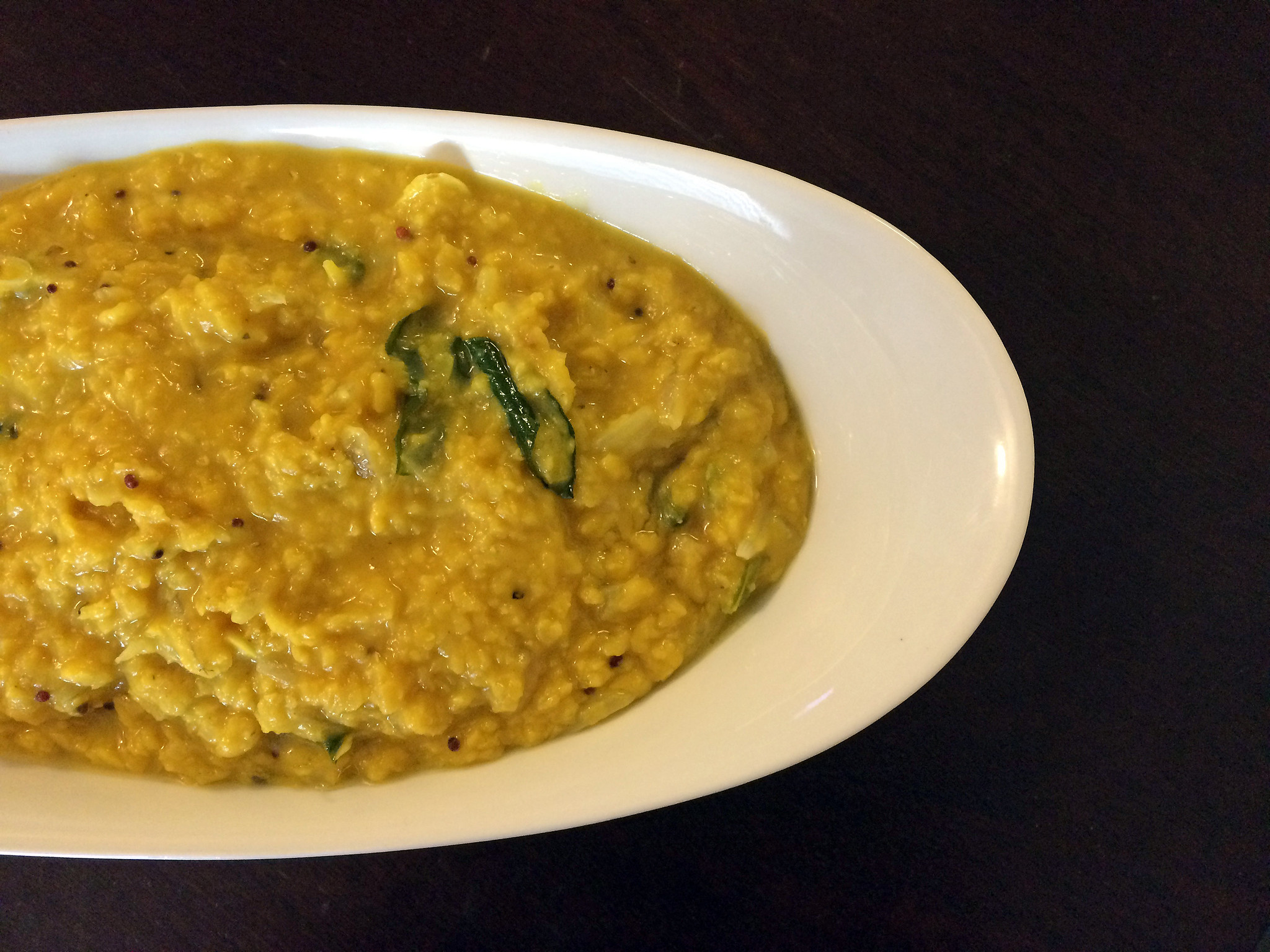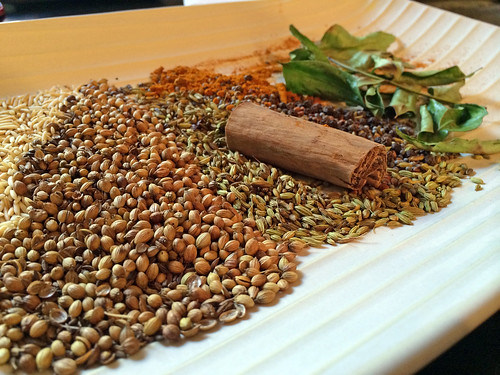It’s hot in the East Bay, so hot that I really don’t want to turn the stove on these days. I’m throwing caution to the wind and preparing a refreshingly chilled entree to combat the heat. Who says dinner has to be served warm? Live a little, y’all.
This Japanese dish is a protein-packed double whammy of tofu and mushrooms. Lately I use shimeji and enoki mushrooms but you can use whatever looks good in the market. It comes together in minutes and requires only five minutes of stove time, making it perfect for those wtf-BART-had-three-delays-on-the-commute-home type of evenings.
Ingredients:
1 block silken (soft) tofu, drained
2 teaspoons vegetable oil
10 ounces mushrooms, such as shimeji, enoki, shiitake, or maitake
1/4 teaspoon salt
2 tablespoons sake
2/3 cup dashi broth
1 1/2 teaspoons soy sauce
1 teaspoon mirin
1 teaspoon cornstarch mixed with 2 teaspoons water
2 green onions, thinly sliced
1. Cut the tofu into quarters to make 4 large blocks and place on a serving platter.
2. Heat the oil in a skillet over high heat. Add the mushrooms and cook, stirring, for about 2 minutes, or until fragrant. Sprinkle with salt and add the sake and deglaze the pan. Add the dashi broth, soy sauce, and mirin and cook, stirring, for 2 minutes. Add the cornstarch mixture to the pan and stir for about 1 minute or until thickened.
3. Pour the mushroom sauce evenly over the tofu and garnish with the green onions. Serve chilled or at room temperature.

